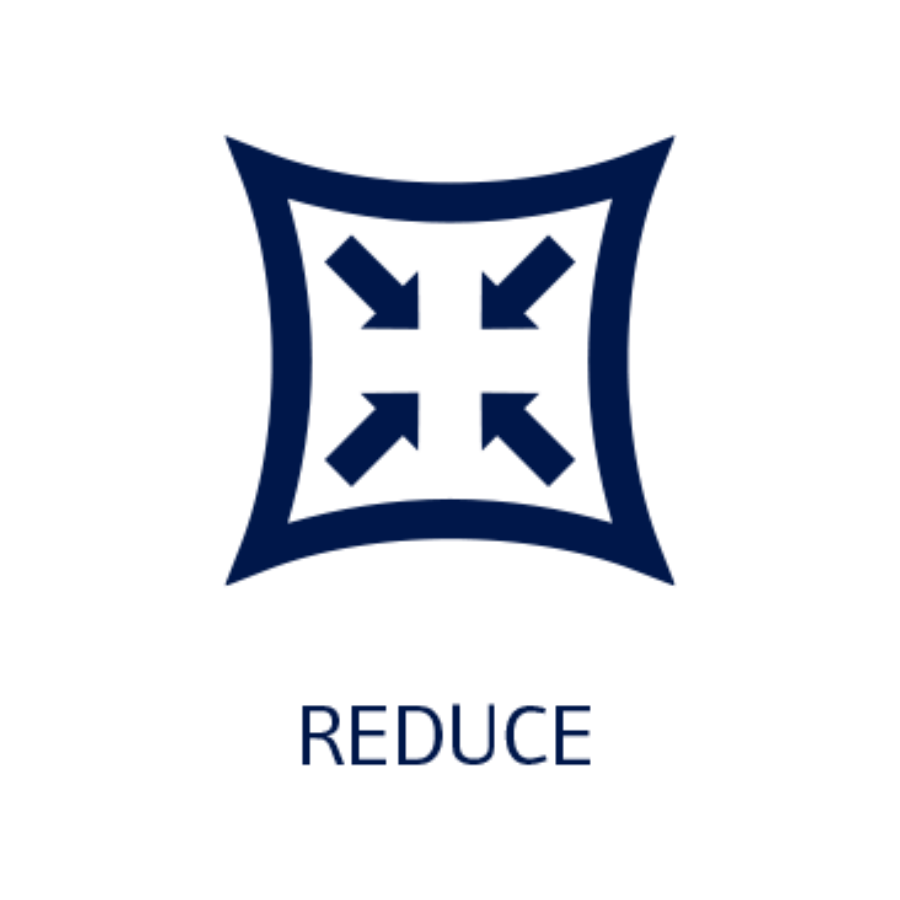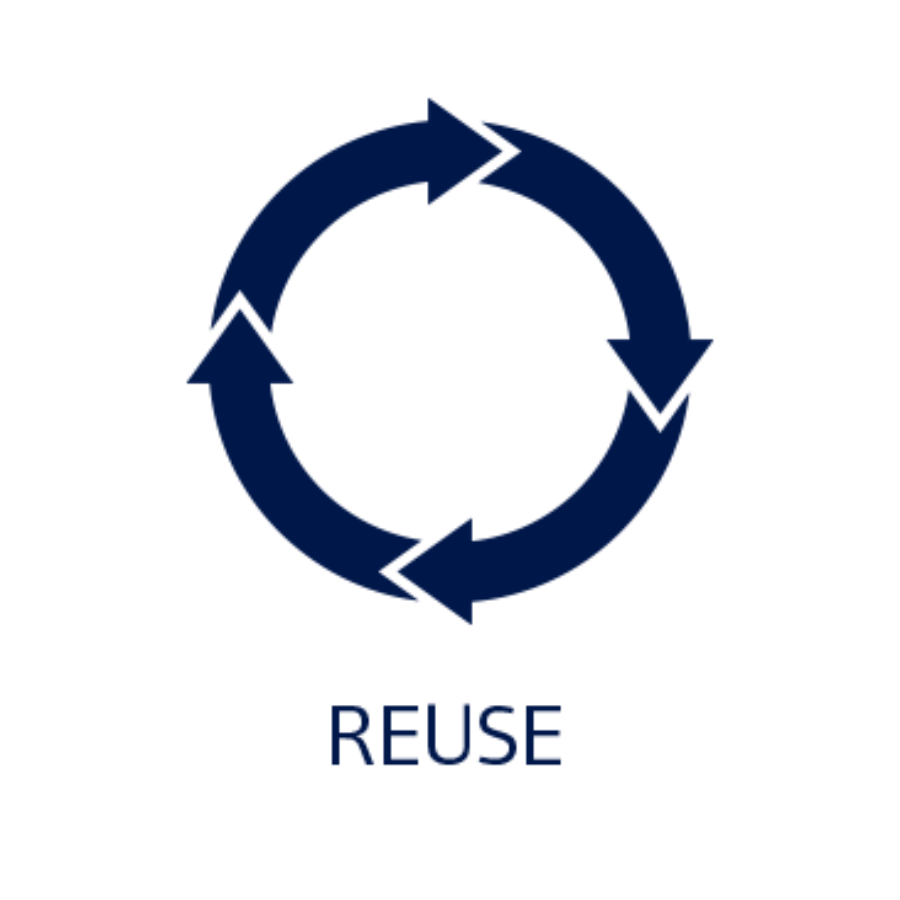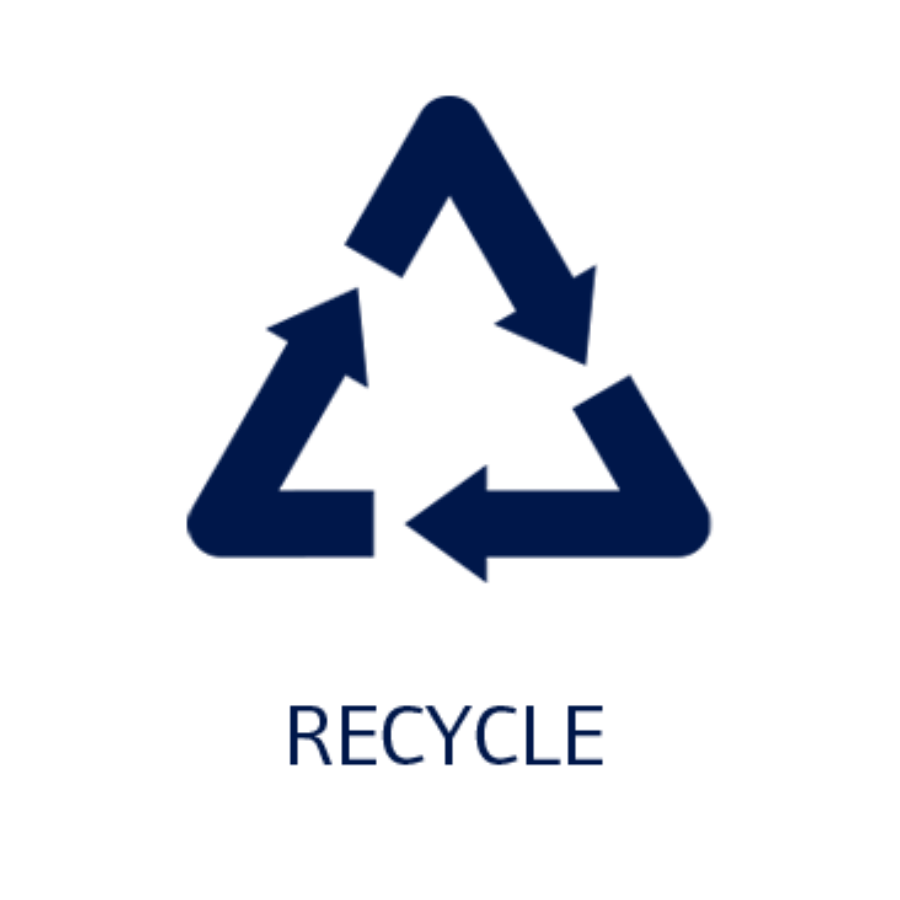The circular economy: the principle of sustainable IT
How can IT be made (more) sustainable in the face of rapid technological change? And where should companies start if they want to bring about change? As in almost all other sectors, sustainability begins at the procurement stage. Up to 80% of companies CO₂ emissions are generated from procurement and supply chains. This is particularly true in IT, as manufacturing digital devices generates far more greenhouse gases than using them.
Longer usage cycles, fewer new purchases
Across its lifetime, an iPhone SE generates around 57kg of greenhouse gases. This figure rises to 82kg for the iPhone 12 Pro, while the largest MacBook Pro generates a massive 465kg. What gives particular pause for thought is that 86% of the CO₂ emissions are generated during the manufacture of an iPhone 12 Pro, which, like the manufacture of other IT devices, requires rare precious metals and a great deal of energy.
Companies that want to keep pace with the digital transformation usually have to replace their IT equipment sooner due to technological progress. But all too often, it only takes a defective battery or a lack of security updates to lead to new IT purchases, long before the full useful life of the IT equipment has expired. From an environmental and financial perspective, we must ask ourselves whether we really need a new smartphone every 24 months? And does it have to be the most environmentally damaging model with all the bells and whistles?
Whether in the coltan mines of the Congo or the gold mines in Brazil, the extraction of raw materials for the production of chips and processors causes significant environmental destruction worldwide. Which is why longer usage cycles in IT are critical. End devices that are designed first and foremost for longevity, resale value, and recyclability are a first step in the right direction. If replacement is the only option, then professional remarketing on the secondary market can improve the environmental footprint in line with the principles of a resource-efficient circular economy. Equally crucial is proper recycling of decommissioned equipment, which reduces illegal e-waste exports and promotes the recovery of valuable raw materials.
Reduce, reuse, recycle
That phrase makes it sound so simple. But currently, a mere 50% of old equipment is collected, and less than 20% is recycled. This is where a financing option that includes remarketing really comes into its own. The end-of-life services provided by technology management specialist CHG-MERIDIAN, for example, achieve a refurbishing ratio of 95%. In addition to corporate social responsibility, sustainable procurement must, above all, take resource efficiency and the reduction of greenhouse gases into account. The circular economy’s 3R principle provides probably the most memorable checklist for greater sustainability in IT.
The catch is that the production, use phase, and end-of-life scenarios of IT equipment still generate unavoidable CO₂ emissions even when the 3R principle is applied. Customers and investors have long been calling for carbon-neutral business practices. The voluntary offsetting of greenhouse gases is another crucial part of a holistic approach to climate protection, and companies can use certified external services in this area.
CHG-MERIDIAN, for example, has launched carbonZER0, a carbon-neutral, international financing option for environmentally-conscious companies. This full-service package makes it easy for companies to compensate for the CO₂ emissions of their IT assets by making offset payments to certified climate change mitigation projects worldwide. The monthly instalment only increases marginally – a small contribution with a significant impact on our environment.






